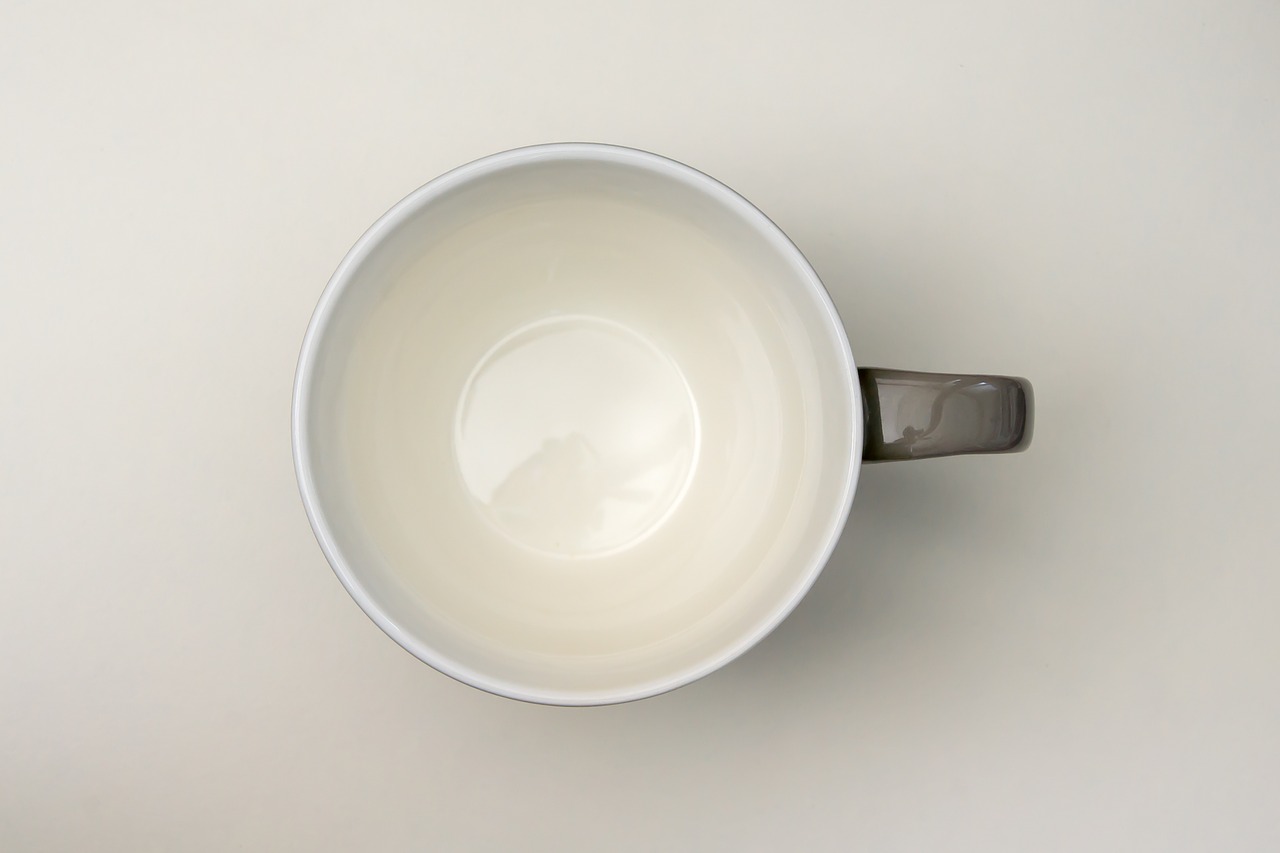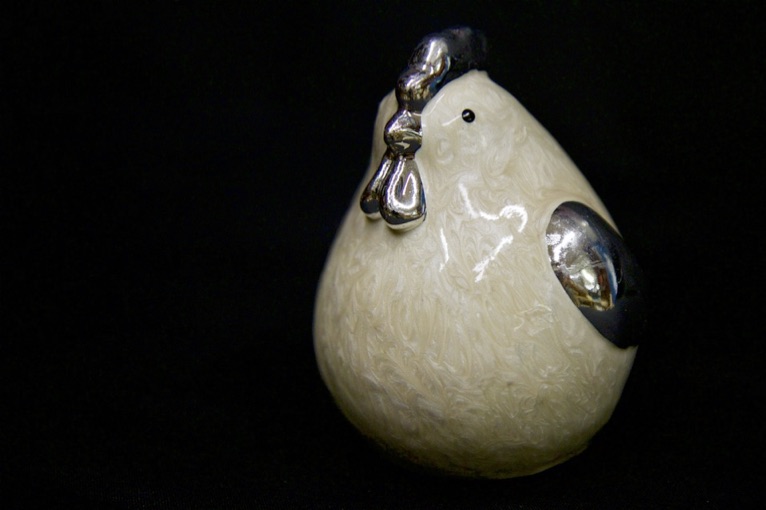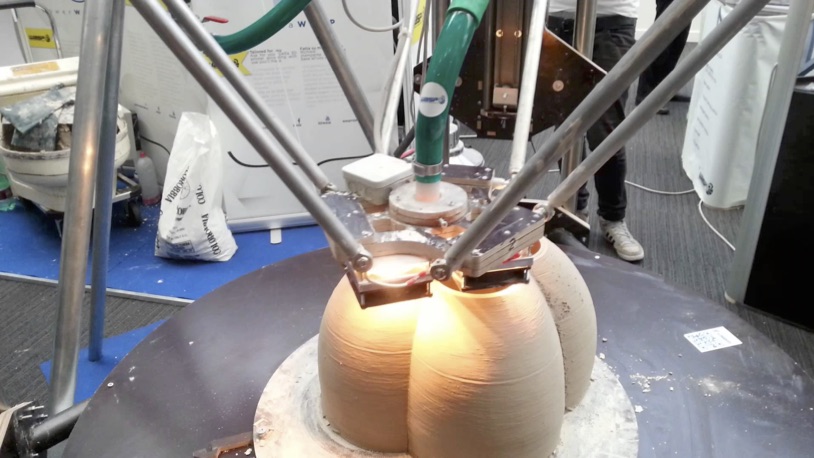
3D printing has come a long way since its inception with new materials being introduced every now and then.
Recently, the use of ceramics has gained popularity due to the versatility, beauty, and safety of the material. While metals and plastics have been used in 3D printing for years, ceramics have their own set of advantages over these materials. Whether you’re new to 3D printing or new to ceramic for 3D printing, here are some useful facts you need to know about ceramic 3D printing:
1: How It Works
Ceramic 3D printing is done using a specially-designed 3D printer for ceramics. This printer uses ceramic powder, which is placed on a powder bed, to build the model layer by layer from bottom to top. The powder is made up of miniscule, ultra-fine particles of alumina silica ceramic. After the printer finishes forming the model, they take it out along with the powder bed and place it in a drying oven. The process of drying this ceramic model strengthens it, but it’s still quite fragile even at this point.
Once the drying process I completed, they extract the model from the powder bed and remove the excess powder. To increase the strength, the model then goes through firing in an oven. The first firing is followed by the application of a pre-glaze coating. Once the coating dries up thoroughly, the model goes through a second firing process. They then glaze the model and put it through the final firing, after which you can see a visibly shiny and smooth glaze coating on the ceramic model.

2: Thermal properties
Ceramics have good thermal properties and their high melting point can pose a challenge in 3D printing. Unlike metals and thermoplastics, ceramics may not easily fuse together the same way these materials do when heat is applied. However, they have the ability to resist high temperatures of up to 600° Celsius or 1112° Fahrenheit. This means they’re suitable for 3D printing different objects and can undergo various finishing processes like other materials.
Recently, a research team from HRL Laboratories has come up with a pre-ceramic resin that can be used for 3D printing complex shapes just like regular polymers. According to the researchers, this ceramic material can withstand up to 1700° Celsius or 3092° Fahrenheit. This minimizes the limitations of ceramic 3D printing and opens up new doors for creating more complex 3D designs out of ceramic.
The resulting objects from this material are expected to have superior qualities compared to their counterparts. So in addition to printing ceramic household materials, you can also print scientific lab equipment with the ability to withstand high temperatures.
3: Types of Ceramic 3D Printing Tools
If you’re trying your hand at ceramic 3D printing, you have several options of printers and printing tools available:
- WASP Clay Extruder – The first option is the Clay Extruder from Italian manufacturer WASP and can be used on any 3D printer. The kit includes a 3-liter tank with a stand, a pressure reducer, a return-prevention valve, a safety valve, and an extrusion piston along with several other essential tools. The most impressive feature of the WASP Clay Extruder is its ability to remove air bubbles from the mixture, resulting in a smooth bubble-free finish.

- LUTUM Dual-Color 3D Clay Printer – If you’re looking to use two different types of clay in one print, you can choose from the range of 3D Clay Printers from LUTUM. You can choose from several pre-assembled systems, but they all have a similar large base along with the same build volume. The main difference is in the size of the clay tank and in the extruder system.
- DeltaBots’ 3D PotterBot – Among the first ceramic 3D printers specially designed for the pottery industry, the 3D PotterBot from DeltaBots makes use of ceramic paste. It has a RAM extruder with constant flow and a large capacity that can produce large volumes of ceramic materials in undiluted form. The envelope has been designed especially for larger ceramic vessels and can print objects up to 17 inches
4: Color Choices
With 3D printing ceramics, you have a wide variety of color choices. First of all, you have the basic color choices like black, white, blue, red, green, orange, and yellow. Some professional 3D printing services also offer ceramic models in colors like turquoise and subtle shades of anis green and oyster blue. So regardless of what you need to print using a ceramic 3D printer, you have a series of choices in color.

5: Safety
Currently, ceramic is the only known 3D printing material that is food safe. In the process of creating and glazing the material, they use a type of gloss that is non-toxic and lead free. This means that you can use it to print utensils like cups, plates, bowls, and other kitchen tools. Basically, you can safely print tableware and home décor in which you’re going to serve food or beverages. Otherwise, it’s also commonly used for creating vases, candle holders, art, and many more.
6: Limitations
Ceramic has several limitations in printing designs that have highly specific details because they may not be ideal for the glazing and kilning processes. The idea is to prevent the glazing process from clogging the design pattern. So you’ll need to consider having the width of the engraved detailing proportional to its depth. If there’s not enough clearance between two walls, they may end up sticking together. Keeping a minimum space of 4 mm is recommended, although you’ll need to widen this space as the depth increases.
Similarly, the fragility of ceramic material poses limitations in printing models with enclosed and interlocking parts. Articulating such models may have a high risk of breaking the model itself. Ceramic 3D prints are not suitable for piece assembly either. However, you can still create objects that don’t require extreme precision in assembly such as a teapot and a lid.
As you can see, ceramic 3D printing offers numerous opportunities to print household objects and art displays. While there may be a few limitations in creating objects that require seamless precision, ceramic 3D printing seems to be an excellent choice in printing tableware due to its food safety factor.

